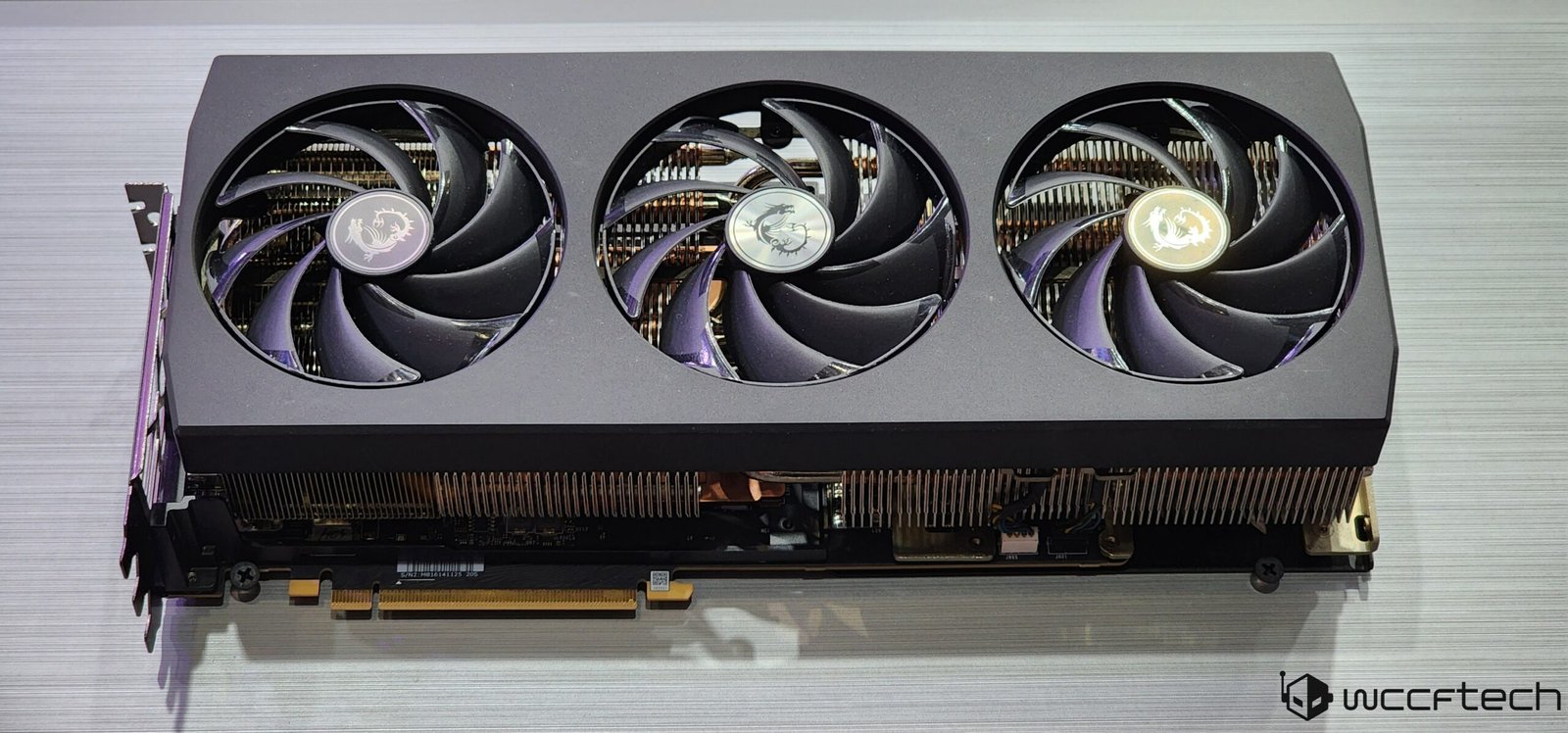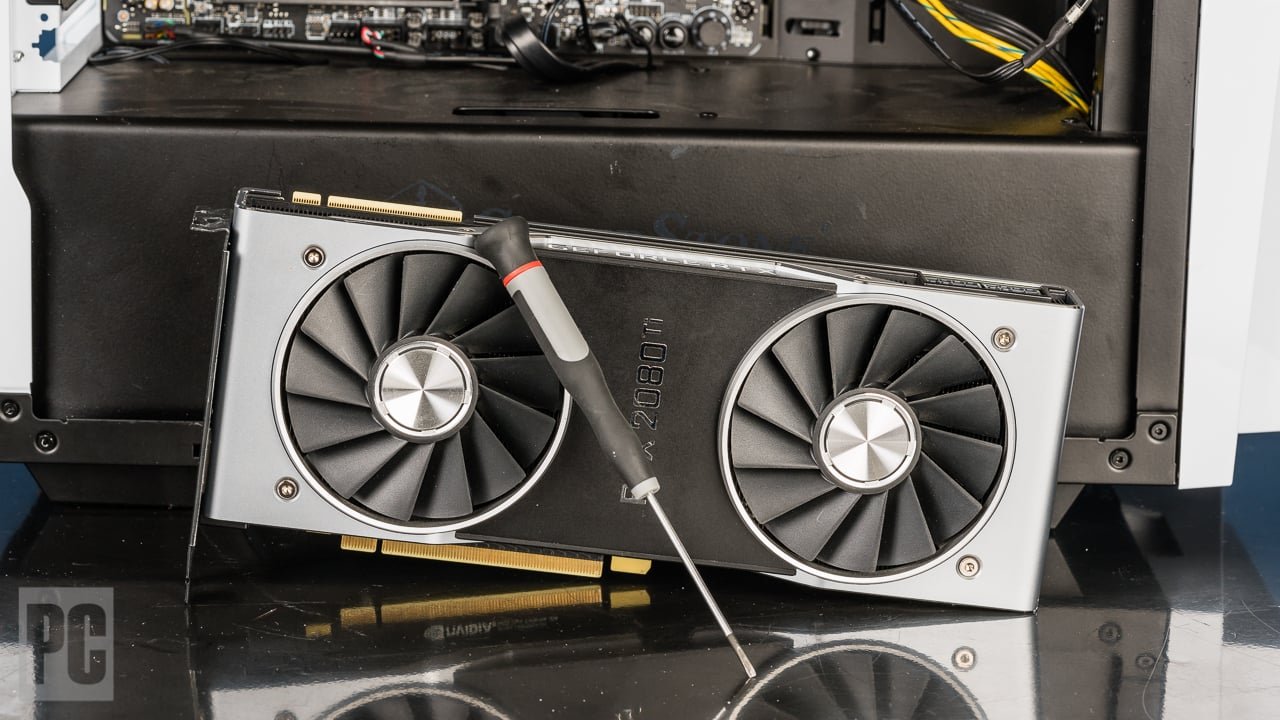Yes, a CPU can get too cold, potentially causing condensation and hardware malfunctions. CPUs are designed to operate within a specific temperature range.
Extreme temperatures can affect a computer’s central processing unit (CPU), both hot and cold. While much attention is given to preventing overheating, a CPU can indeed become too cold, an issue often overlooked. Computer enthusiasts and overclockers using advanced cooling solutions like liquid nitrogen must be vigilant, as excessively low temperatures can lead to condensation, potentially causing short circuits or corrosion.
Normal computing environments are typically safe from such risks, but understanding the balance is critical. Maintaining an optimal temperature ensures longevity and performance, a vital consideration for maintaining a healthy and efficient computing environment. Regular monitoring and appropriate cooling systems can prevent CPUs from reaching harmful temperature extremes.
The Science Of Cpu Temperature
Understanding the thermal behavior of a CPU is crucial for optimal performance. Like humans, CPUs need a comfortable environment to function best. Extreme temperatures, whether hot or cold, can impact performance and longevity. The right balance helps maintain the efficiency and reliability of these essential components of modern computers.
Ideal Temperature Ranges For Operation
CPUs have a “comfort zone” that allows them to run smoothly. This zone varies by model and manufacturer. Generally, an ideal operational temperature for a CPU is between 30°C to 70°C. Keeping a CPU within these bounds ensures top performance and long life.
| CPU State | Ideal Temperature(°C) |
|---|---|
| Idle | 30 – 40 |
| Moderate Use | 50 – 60 |
| Heavy Load | 60 – 70 |
Effects Of Extreme Temperatures On Cpus
Extreme cold and heat can harm CPU performance. Below the ideal range, cold temperatures can lead to increased electrical resistance and brittle materials. Cold can cause CPU components to contract and possibly fail.
On the flip side, above the safety threshold, high temperatures can shorten a CPU’s life. Heat can lead to thermal expansion and even melting of internal parts. Both scenarios stress the CPU and can lead to unexpected shutdowns or permanent damage.
- Cold Effects: Slower electrical current, brittle materials, potential contraction.
- Heat Effects: Thermal expansion, faster deterioration, potential component melting.

Credit: www.almanac.com
Myth-busting Cpu Cooling
CPU temperatures have long sparked fiery debates in the computing world. From chilled to just right, how cold can CPUs go without causing a freeze in performance or damage? Let’s dispel some icy myths about CPU temperatures and find the sweet spot for optimal performance.
Debunking Common Misconceptions
Myths surround CPU cooling like frost on a winter morning. People often think that colder always means better. Yet, CPUs are not Arctic explorers. They are designed to operate within a specific temperature range.
- Myth: ‘The colder, the better for CPU longevity.’
- Reality: Extreme cold can cause condensation and hardware damage.
- Myth: ‘CPUs require freezing temperatures to reach top speeds.’
- Reality: Manufacturers recommend optimal temperature ranges to prevent instability.
How Cool Is Too Cool?
Finding the perfect temperature for your CPU is key to system stability and longevity. Going below ambient room temperature is often unnecessary and risky.
Cooling below the dew point invites moisture, leading to electrical shorts and corrosion.
| Component | Ideal Temperature Range |
|---|---|
| CPU | 60-70°C (140-158°F) |
| GPU | 70-80°C (158-176°F) |
Note: Manufacturer guidelines vary. Check your CPU’s specifications for the best range.
Consequences Of Subzero Cpu Temps
The idea that your CPU could get too cold might sound strange. CPUs generate heat when they work. You may know keeping them cool is crucial. But can they get too cold? The answer is yes, under extreme conditions. Subzero temps can have unwanted effects on your CPU’s health and performance. Let’s delve into the consequences of exposing your CPU to very cold temperatures.
Material Contraction And Potential Damage
Materials behave differently in cold. In intense cold, CPU components can contract. This contraction may cause physical stress. It could lead to cracks or fractures in the CPU’s delicate internals. These parts include the PCB (Printed Circuit Board) and the CPU die itself. Even tiny damages can lead to big problems.
- Thermal expansion – Materials expand in heat and contract in cold.
- Soldering points – They could break from contraction.
- Microfractures – Can develop in PCBs, affecting pathways.
Impact On Electrical Properties And Performance
Temperature affects electrons. In a CPU, electrons carry information. Cold can cause electrons to move slower. This can alter how a CPU performs. In theory, colder should mean faster. But when temps drop below zero, the opposite can happen. You could notice your computer is slower or it might even stop working.
| Temperature Change | Impact on CPU |
|---|---|
| Minor Drop | Better Performance |
| Extreme Drop | Slower Performance or Failure |
Components responsible for voltage and timing can also be thrown off. These variations can disrupt the delicate balance needed for a CPU to function optimally. Erratic behavior or permanent damage might occur.
The Practice Of Extreme Cooling
Computers love staying cool, but can a CPU get too cold? Enthusiasts say ‘no limits’ and dive into extreme cooling! This isn’t your everyday fan setup. It’s the art of pushing CPUs to the edge while keeping them chill. Let’s gear up and unravel this frosty tech adventure.
Enthusiasts And Overclockers’ Approach
Overclocking wizards and tech enthusiasts share one dream: to unlock maximum power from their CPUs. The key? Keeping the processor ice-cold. Here’s a peek into their frosty toolkit:
- Liquid Nitrogen (LN2) – Cools CPUs to sub-zero temps in seconds.
- Compressor-based systems – Like a fridge for your CPU, but better.
- Phase-change units – Swap heat for cool with high-tech vapor cycles.
- Peltier plates – Create a cool zone using electricity.
Case Studies: Pushing The Thermal Boundaries
Experts push limits and record-breaking speeds with extreme cooling. Here are thrilling examples:
| Case Study | Cooling Method | Result |
|---|---|---|
| LN2 Overclocking Event | Liquid Nitrogen | CPUs ran at shocking speeds without a sweat. |
| Home-built Chiller Project | Compressor System | Long-term stability at ultra-low temperatures. |
| Extreme PC Mods Competition | Phase-change Cooling | Benchmarks shattered, gamers delighted. |
Each tale affirms one thing: CPU can brave the cold if done right. Experts ensure careful control over these icy conditions. This helps avoid condensation and hardware damage. In the end, it’s all about balancing the frost with the clock speed.
Maintaining Optimal Cpu Health
Avoiding extreme temperatures is crucial for a CPU’s health and performance. While overheating is a common concern, excessively cold conditions can also pose risks. Proper thermal management ensures a CPU runs efficiently without compromising its longevity.
Best Practices For Thermal Management
Keeping a CPU at the right temperature involves several steps:
- Monitor temperatures with software tools to stay informed about your CPU’s thermal status.
- Provide good airflow within the case to dissipate heat effectively.
- Avoid dust buildup which insulates components and traps heat.
- Use quality thermal paste to ensure proper heat conduction from the CPU to the cooler.
- Perform regular maintenance and cleaning to prevent thermal issues.
- Adjust system settings for optimal performance without unnecessary heat generation.
Choosing The Right Cooling Solutions
Select the appropriate cooling system to maintain ideal CPU temperatures:
| Type | Pros | Cons |
|---|---|---|
| Air Cooling | Cost-effective, simple installation | Limited cooling capacity |
| Liquid Cooling | Excellent thermal performance | More complex, higher cost |
Each system type will vary based on specific needs like ambient temperature, CPU workload, and noise tolerance. It is vital to choose a solution that aligns with your computing habits.
/https://static.texastribune.org/media/files/1e02195eb8d80933b2dcbb85a465feaa/Nicholas%20Ware%20Dorm%20JV%20TT%2010.jpg)
Credit: www.texastribune.org
Innovations In Cpu Cooling Technologies
Exploring whether CPUs can get too cold may seem unusual, but extreme temperatures can impact performance. As technology races forward, innovative cooling solutions ensure CPUs operate efficiently, even under intense loads. Let’s delve into the cutting-edge advancements and emerging trends that keep our processors chill without hitting icy lows.
Advancements In Air And Liquid Cooling Systems
Modern CPUs generate heat — and lots of it. Keeping them cool is essential for peak performance and longevity. Significant strides in both air and liquid cooling systems have revolutionized how we maintain ideal CPU temperatures.
- Air cooling technologies have leaped forward with better, quieter fans and heat sinks. New materials with higher thermal conductivity allow for faster heat dissipation.
- Liquid cooling systems offer superior cooling efficiency. They now feature more durable tubes, corrosion-resistant materials, and stronger pumps. These systems are more accessible and user-friendly than ever, making liquid cooling a go-to for enthusiasts and professionals alike.
The most innovative air and liquid coolers now come with smart sensors and software. They adjust fan speeds and pump rates in real-time for optimal cooling.
Emerging Trends: Phase Change And Beyond
In the quest to lower temperatures, some technologies borrow ideas from the natural world. Phase change coolers work like a refrigerator, evaporating and condensing a liquid to absorb heat.
- Thermo-electric cooling (TEC): Uses electrical current to transfer heat from one side of a device to another. It can bring temperatures below ambient levels, targeting enthusiasts keen on overclocking.
- Vapor chamber technology: Combines heat pipes and phase change elements to spread heat more evenly across the surface of the cooler. This results in ultra-efficient thermal management.
New materials are also playing a role, with thermal interfaces made from nanomaterials that improve conduction between the CPU and cooler.
Each advancement in CPU cooling technology not only enhances performance but also paves the way for the next leap in computing power.

Credit: smith.ai
Frequently Asked Questions On Can A Cpu Get Too Cold
Can Cpus Malfunction Due To Extreme Cold?
CPUs are designed to operate within a certain temperature range. If the ambient temperature falls significantly below zero, the reduced temperature can potentially cause condensation. This moisture might lead to electrical shorts or corrosion, potentially damaging the CPU or other components.
What Is The Optimal Temperature For Cpu Functioning?
The optimal temperature for a CPU to function efficiently typically ranges from 35°C to 70°C. While modern processors can withstand variations, maintaining temperatures within this range ensures longevity and optimal performance of the CPU.
How Does Cold Temperature Affect Cpu Overclocking?
Colder temperatures can benefit CPU overclocking by reducing thermal stress and allowing for higher stable speeds. However, temperatures below ambient can lead to condensation issues, so proper insulation and moisture control are critical when overclocking in cold environments.
At What Temperature Do Cpus Risk Cold Bugs?
Cold bugs, where a CPU ceases to function correctly due to low temperatures, can occur below -20°C. The exact temperature at which this happens varies between different CPU models and their respective architectures. Extreme overclockers using liquid nitrogen cooling often encounter and manage cold bugs.
Conclusion
Exploring the impact of extreme cold on CPUs has revealed intriguing insights. While CPUs can endure lower temperatures, there’s a threshold where performance and longevity are at risk. Adequate cooling ensures optimal operation without crossing into hazardous chilly realms. Safeguard your computer’s heart; strike a balance between cool efficiency and excessive frost.



